When it comes to furniture or home interior there is no match to woodwork. Teak wood can always give a rich, classy and fabulous look with the interior work as well as a teak wood cot or teak wood beds. But when it comes to choosing the right type of teak wood, it can be quite confusing. There is more than just one type of teak variety that is popularly used in India and each of these gives a certain advantage to feature or as well as colour shade.
So, here you can understand the various types of Teak wood and the average costing of this type, and applications.
Also, you should know are many similarities to teak wood but it is not. Varieties such as golden teak just look like teak although is not. The original variety has a botanical name Tectona Grandis and is native to the south-east Asia region. Today various parts of the world grow teak for its economic benefits.
Teak wood is quite expensive so it’s better to know some knowledge beforehand. Here are a few ways by which we can identify teak:
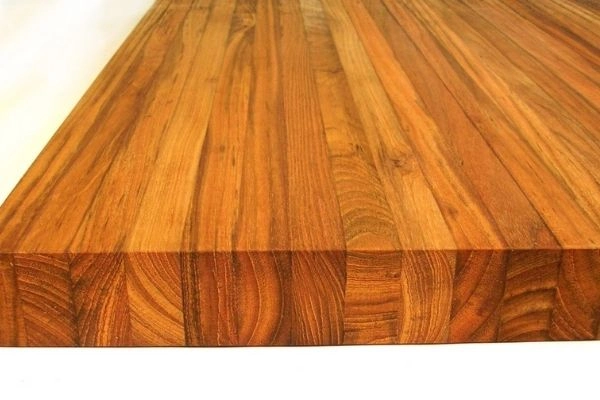
Colour- The colour varies according to species. The superior quality teak (often called Burma teak and rosewood) is golden-brown in colour, while the colour fades as the quality goes down. Normal teak can be yellowish-white in colour.
Note- An important point to take care of while purchasing teak is staining done by furniture makers. So, even if teak looks darker in colour it doesn’t mean it’s going to be of the highest quality.
Grains- The most easily identifiable feature can be the grains. Usually, grains are straight but can be used wavy depending upon the sawing pattern.
Fragrance- Teak wood has a natural oil content, which helps to prevent it from termites and decay. The oil has a distinct aroma and smells like leather.
Real Teak wood is moderately heavy. So, a simple check on the wood weight can reveal it down. The colour of sapwood of teak displays a yellowish-white tint and the heartwood reflects golden-brown or darker shades of brown.
Types of Teak Wood
Burma / Burmese teak wood
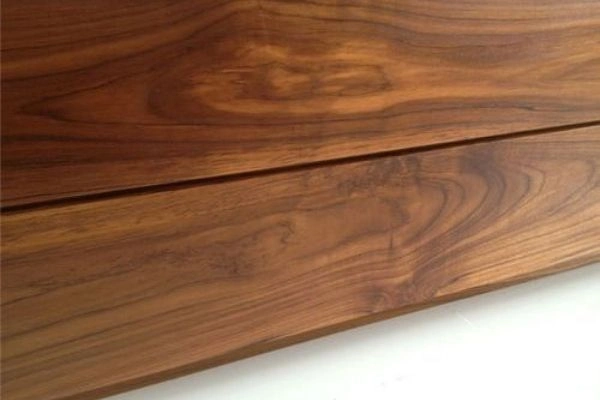
Popularly called Burma teak, it is usually a grown native to Myanmar or Burma and goes through a growth time of over 50 years. This is considered one of the best varieties of teak wood and comes in golden shade teak wood colour, elegant wood grain, and contains teak tree oil inside. The highest quality sells for about Rs 9000/cubic feet and lower grades go down from here.
First and foremost, Burma teak wood is one of the costliest and most highly durable solid woods available in the country. If you are planning to buy real Burma teak wood in Bangalore, then it is available at a current price range of Rs. 7500/- to Rs. 9000/- per cubic foot, excluding taxes. Slightly lower in grade to Burma teak wood, is Burma Border teak wood. If you are planning to buy it, then it will cost you around Rs. 5000/- per cubic foot, excluding taxes.
Indian teak
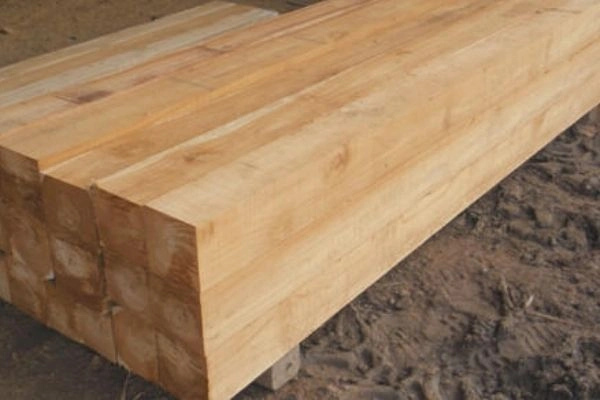
This is a famous native teak wood from an old-growth forest and has properties on par with Burmese wood. Indian teak wood is out of supply in the international market because it has a lot of demand within the country. The pricing is also very similar to that of Burma Teak for the first quality.
Thailand teak
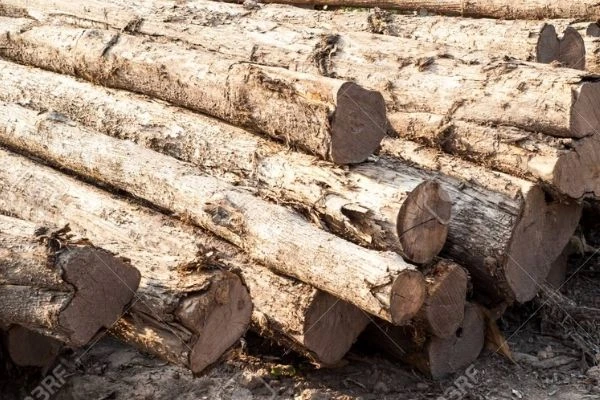
This is considered superior in quality to Burmese wood as it originates from the best surrounding and growth habitats for teak wood trees. Thai teak wood has excellent strength and superior quality although is not easily available in the international market.
Indonesian teak
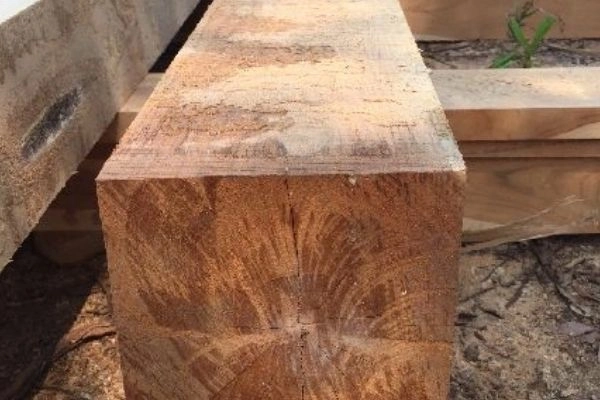
Also called the Asian teak wood, this takes over 30 years growth period. The growth conditions are extremely suitable and hence helps the best quality of plant growth. The wood has wider wood grains, average oil content, it is light brown with a slight grey hue and more sound knots.
African teak
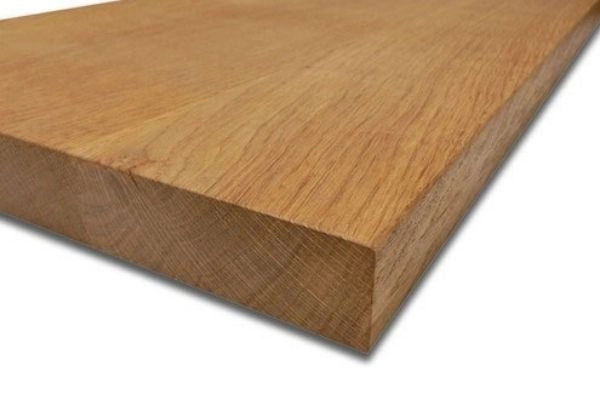
This wood planted in Africa takes 15-25 years of growth time. This has less oil content and hence it is slightly less durable and stable compared to the above types. The colour is light brown and has some cream colour of sapwood. This has wood grains and wide and full of sound knows too.
South American teak
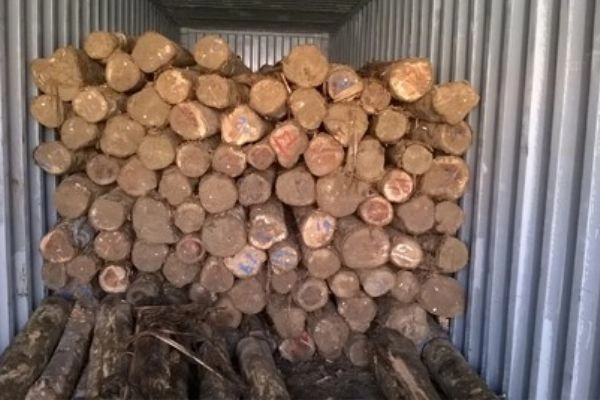
This quality is similar to that of African grade and even today there is a slight confusion distinguishing the two types even in the market.
There are 4 major varieties such as the Chinese teak wood, Brazilian teak wood, and south American Teak wood which are not originally teak yet look very similar. Brazilian wood has high oil content and is durable and water-resistant whereas Chinese teak is processed for hardwood flooring and is extremely durable.
Here the pricing also falls slightly lower compared to the original teak but not very much. Some grades can go as cheap as 1200/ cubic feet also.
How to Identify teak wood
Look at the Color and Grain Pattern
The colour of teak wood is one of the most prominent things about it. Golden or yellowish brown colour when a newly cut teak is kept out in fresh air turns into dark brown as it grows older. The presence of the straight grain, which could also be wavy at times, makes its grain pattern stand out. Smoothness of texture and occurrence of natural oils in teak wood make it appear greasy.
How to Identify:
- Colour: Freshly cut teak is golden brown, which darkens over time.
- Grain: Look for a straight or slightly wavy grain pattern.
- Texture: The wood has a smooth texture with a slight natural shine due to its oil content.
Check for Natural Oils and Fragrance
It has natural oil contents which makes it highly resistant to decay, termites and water damage. When you touch the wood, your fingers might feel greasy due to this oily film on your hands. This greasiness adds to the anti-decay characteristic and durability nature associated with this type of timber. Also unique for real teakwood is the smell it emits. True teaks have a distinctive mild leathery aroma from their oils but more so when they are freshly cut or sanded down.
How to Identify:
Oiliness: Run your hand over the wood; it should feel slightly oily or waxy.
Fragrance: Smell the wood; genuine teak emits a mild, leathery scent.
Test the Hardness and Weight
Teak is a hardwood, and it is notably dense and heavy. This means that teak wood is harder than most other woods used in furniture making. When you tap or knock on teak wood, it should produce a solid, dense sound rather than a hollow one. Additionally, when you lift a piece of teak wood, it should feel heavier than other types of wood.
How to Identify:
Hardness: Tap the wood and listen for a dense, solid sound.
Weight: Lift the wood; genuine teak should feel heavy for its size.
Examine the End Grain
The end grain of teak wood is another feature that can help in identification. When you look at the end grain (the cross-section of the wood), you should notice small, evenly-spaced pores. Unlike many other woods, the pores in teak wood are not filled with any visible substances like gum or resin. The end grain should appear clean and smooth, with no visible streaks or resinous deposits.
How to Identify:
End Grain Pores: Check the end grain for small, evenly spaced pores.
Cleanliness: The end grain should be smooth without visible gum or resin.
Conduct a Water Test
One of the unique properties of teak wood is its water resistance. You can conduct a simple water test to help identify teak wood. Place a few drops of water on the wood’s surface and observe how the wood reacts. Teak’s natural oils should repel the water, causing it to bead up and stay on the surface rather than being absorbed.
How to Identify:
- Water Resistance: Place a few drops of water on the wood. If it beads up, the wood is likely teak.
Uses of Teak Wood
- Teak wood is durable and water-resistant which makes it suitable for various uses.
- Teak wood is used in marine woodwork because of its exceptional weather-ability. It is used to make railings, decking, cabin woodwork, and onboard furniture. Teak wood is a good material for building masts and rudders.
- Teak wood is durable, weather-resistant, water-resistant, and extremely stable; this is why it is one of the most popular types of wood used to make outdoor furniture. It can withstand rain and sun. It can last as long as 70 years, even after exposure to extreme weather conditions.
- It is used to make railings of decks.
- It is used for making decorative items indoors.
- It is used for flooring.
- It is used for shelving.
- It makes great cutting boards and countertops.
- It is extensively used to make doors and windows.
How to take care of teak wood
- The high quantity of teak natural oils protects teak wood from rot. However, teak wood can turn grey when exposed to direct sun.
- The natural colour of teak wood can be preserved by coating the woodwork and furniture with marine or spar varnish.
- This would deflect the ultraviolet rays of the sun that are responsible for breaking down the top layer of teak wood, resulting in its discolouration. The conventional polyurethane varnishes are not UV protective; hence, they are not effective.
- The best way in which you can protect your teak furniture is by coating it with teak oil which is a mixture of varnish and tung oil. It is highly penetrating.
- You can either power wash the teak furniture or you can scrub it with the following solutions:
- A cup of bleach with a scoop of laundry detergent in one gallon of warm water.
- A cup of vinegar in one gallon of warm water.
- Rinse thoroughly using clear water after you have scrubbed teak wood furniture or woodwork.
Advantages of Teakwood
- Natural resistance to termites and insects: As mentioned Teak has a Natural Oil content in it, it resists the damage of wood by termites and other fungal insects.
- Density: The density is much higher in teak which resists the Rot and decay of wood.
- Moisture resistant
- Can be easily hand carved
- Heat moderation: this kind of wood won’t become too hot in summers and too hot in winters.
- No need for painting. Self-Finished material and soft material.
- Less maintenance and requires less polishing of teakwood
- Teak wood is easy to handle, polish and work with so a lot of carved designs are made using this.
Disadvantages of Teakwood
- The major disadvantage is very expensive.
- Limited unavailability
- Hard to find good quality wood.
- Woodworking Tools get blunted: As the wood itself is very strong it often makes wooden tools too blunt and it requires frequent sharpening of tools.
Teak is a tropical hardwood tree species. Teak wood is very water-resistant, durable, and resistant to pests, diseases, and rot. Therefore, it is extremely popular for building things like outdoor furniture and boats, which would be exposed to the elements. Because of these great qualities, teak wood is also very expensive.

